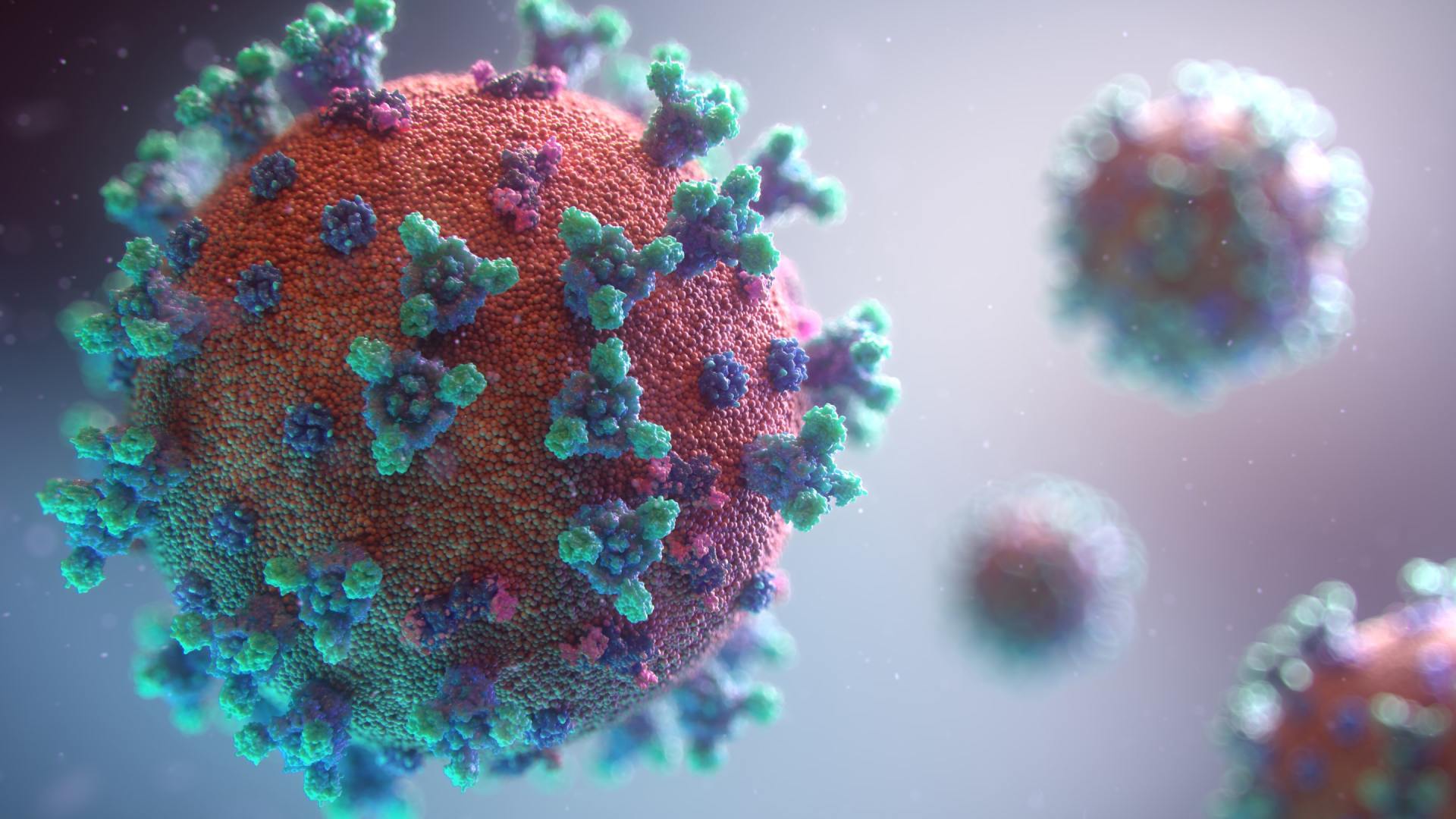Activated Carbon | Detailed overview
Activated carbon (also called activated coal or activated charcoal) is a special type of carbon that can adsorb various molecules from both liquid and gas phase. In this blog we will dive in the world of the purification technique activated carbon. We will discuss the following
themes;
- What is activated carbon?
- How does activated carbon work?
- What are the benefits of activated carbon?
- What are the disadvantages of activated carbon?
- What can be removed with activated carbon and from what can this be removed?
- What is a activated carbon face mask?
- Activated carbon and quality standards
“One gram of activated carbon has an surface area that can be as large as a football field ”
What is activated carbon?
- Micropores r < 1 nm (nm = nanometer)
- Mespores r 1-25 nm
- Macropores r > 25 nm
How is activated carbon made?
How does activated carbon work?
Activated carbon has through the micro, meso and macro pores have a selective adsorption capacity which works by the van der Waals forces. Activated carbon therefore works on the basis of adsorption (ie not absorption). When using activated carbon in, for example, water or gas or air the molecules that one wants to remove eventually end up via diffusion in the pore structure of the activated carbon where the adsorption takes place.
Another option is to impregnate activated carbon with chemicals (minerals, metals, etc) and use the large surface area in combination with the chemicals for chemicalsorption or catalytic processes.
What are the benefits of activated carbon?
- Very high removal capacity for organic components
- Cost-effective product, good price performance
- Reuse, in some cases activated carbon can be reactivated and reused
What are the disadvantages of activated carbon?
- Non-selective removal for certain molecules
- Impurities (eg Metals or minerals) can leach out into a liquid
- Black dust
What can be removed with activated carbon and from what?
Activated carbon is the champion in the amount of purification applications. Think of applications as below;
- Medicine, removal of colors or removal of toxic substances.
- Potable water or wastewater purification
- Removal of mineral oil
- Removal of PFAS (PFOA, PFOS)
- Removal of BTEX
- Removal of poly aromatic hydrocarbons (PAHs) and removal of phenols.
- Process industry, removal of dioxins and polychlorinated biphenyls.
- Removal of colors and removal of odors.
- Fruit juices, removal of phenols and removal of patoline
- Sugar, removal of color
- Biogas, removal of VOCs and removal of H2S or siloxanes
- Flue gas, removal of dioxins
- Flue gas, removal of mercury
- Water, removal of contaminants of emerging concern (CECs)
What is a activated carbon face mask?
The corona virus (COVID) is a thing that you want to avoid and one off things that is used, for reducing the risks, are face masks. There are various types of face masks like, pm 2.5 activated carbon filters, N95 masks, FFP1, FFP2 and FFP3 masks. Some will contain activated carbon, and some not. What is important, when you buy such a mask, is that you understand for what you buy it for, is it for particles only or also removal off other things like viruses. Our advice; Check carefully what you buy, where you buy it and if it is single use or can be used multiple-times.
The activated carbon face mask does of course contain activated carbon. The activated carbon containing mask can potentially remove various contaminants from the air and adsorb these in the pore structure of the carbon like described above. The face masks often contain out of various layers of fabrics and a layer that has powder activated carbon in it.
Activated carbon and quality standards
Follow the link to our separate blog about " activated carbon and quality standards".
We have discussed in this blog the purification technique activated carbon. We have discussed the following themes what is activated carbon, how does activated carbon work, how does it become activated carbon and what are the advantages and disadvantages of activated carbon and what can be removed with activated carbon. Also read our other and future blogs about various purification techniques.





